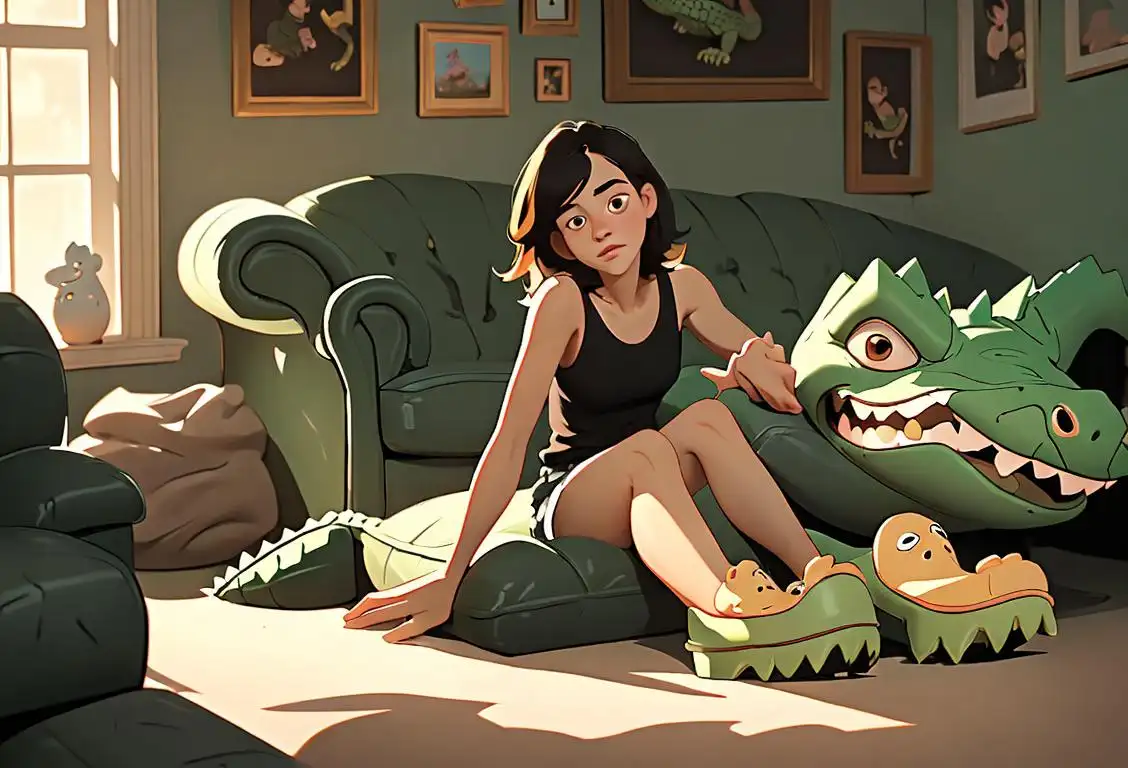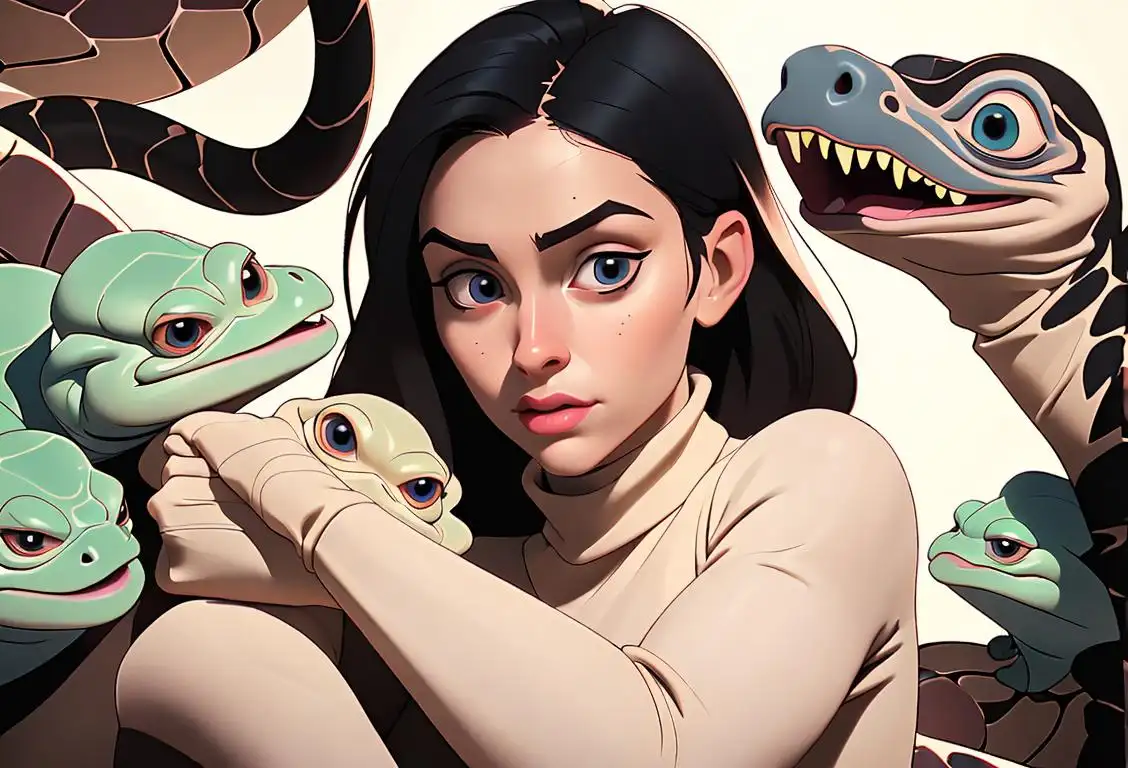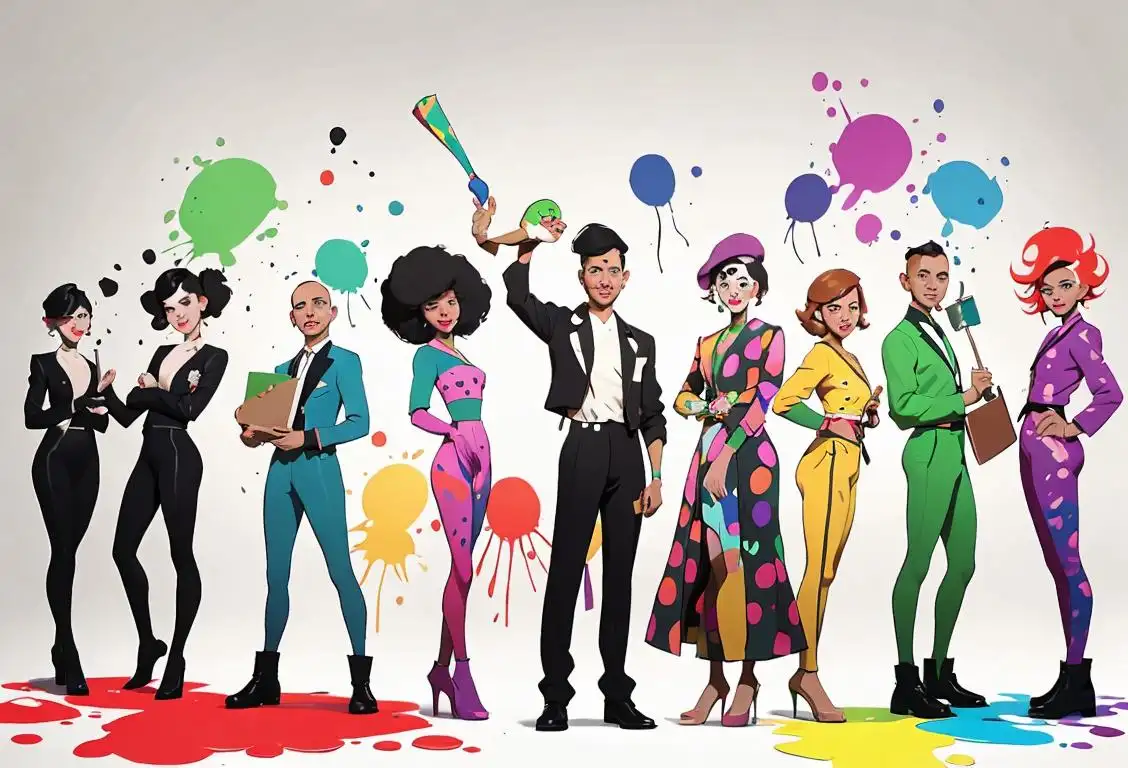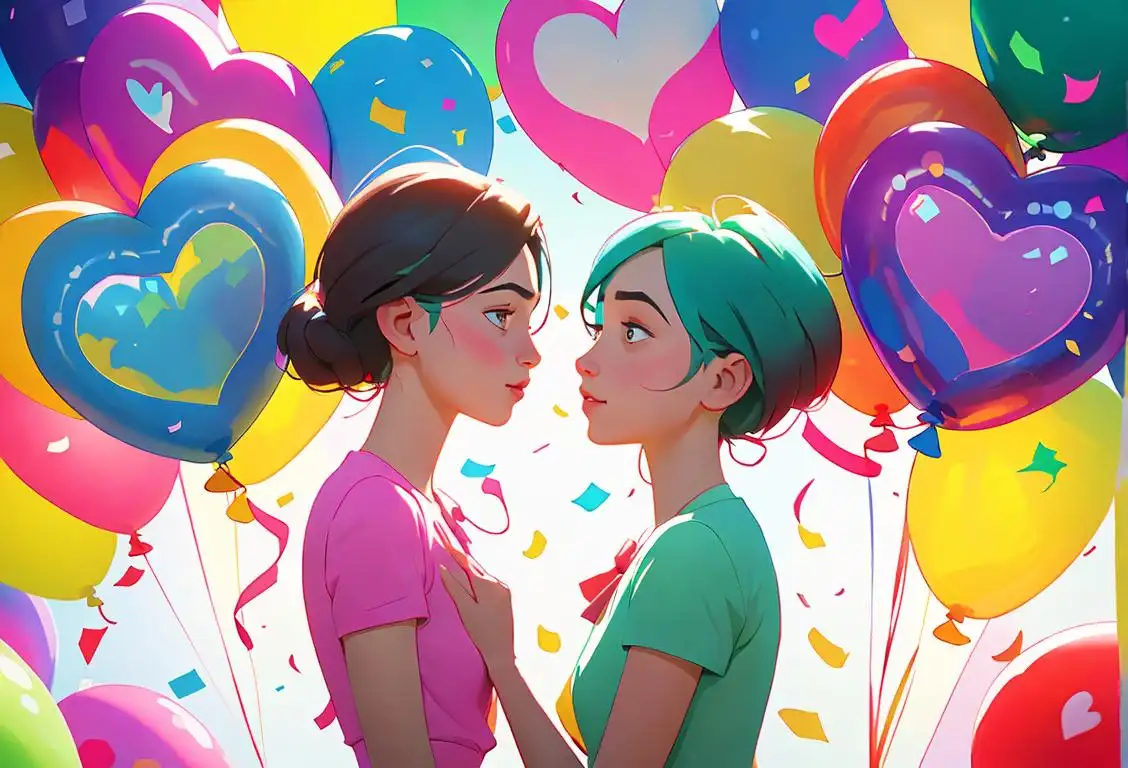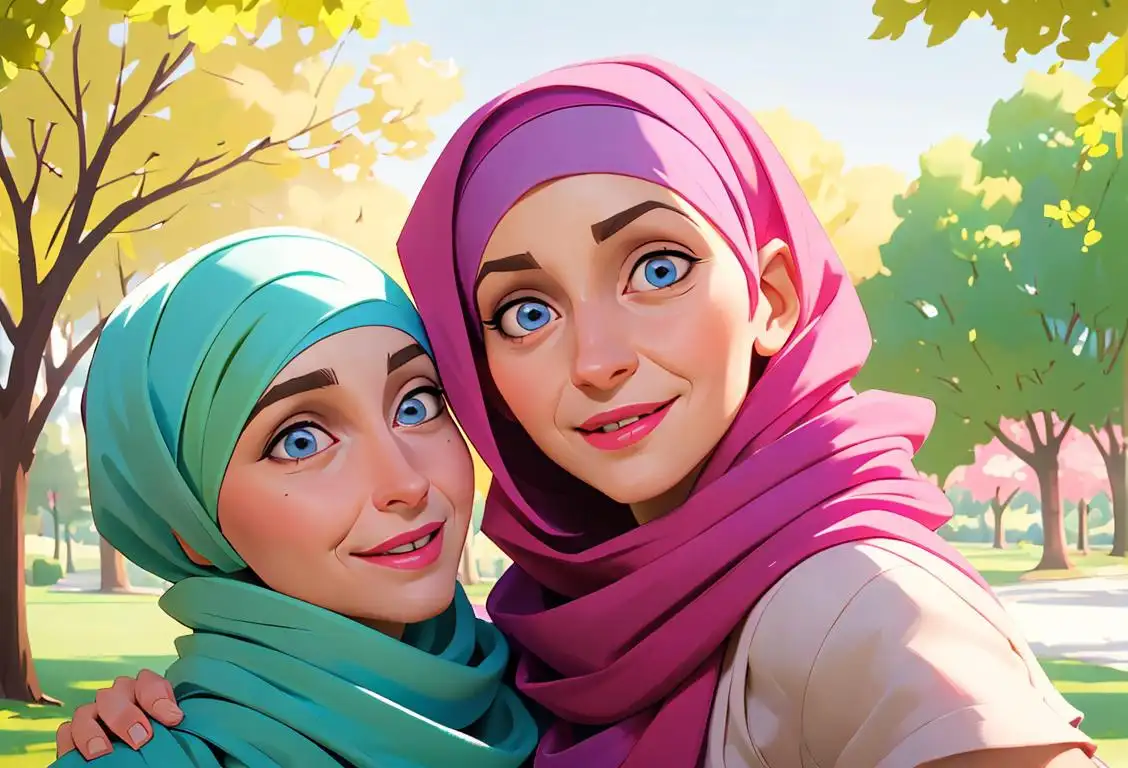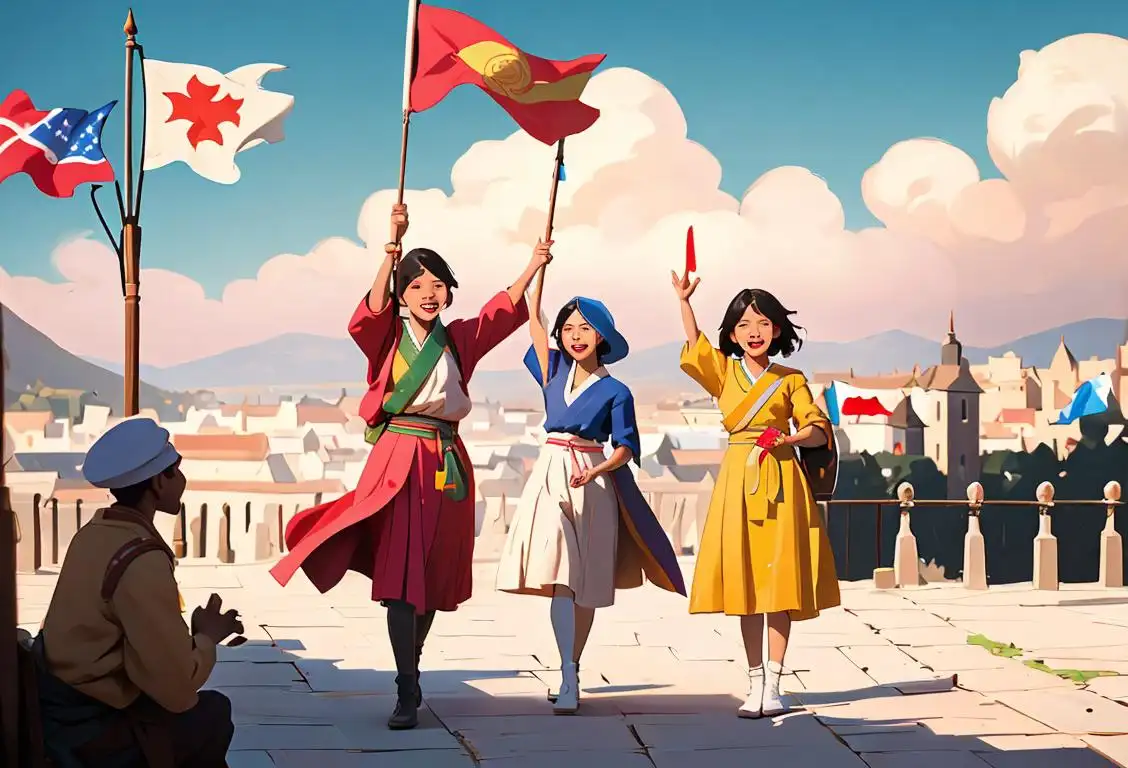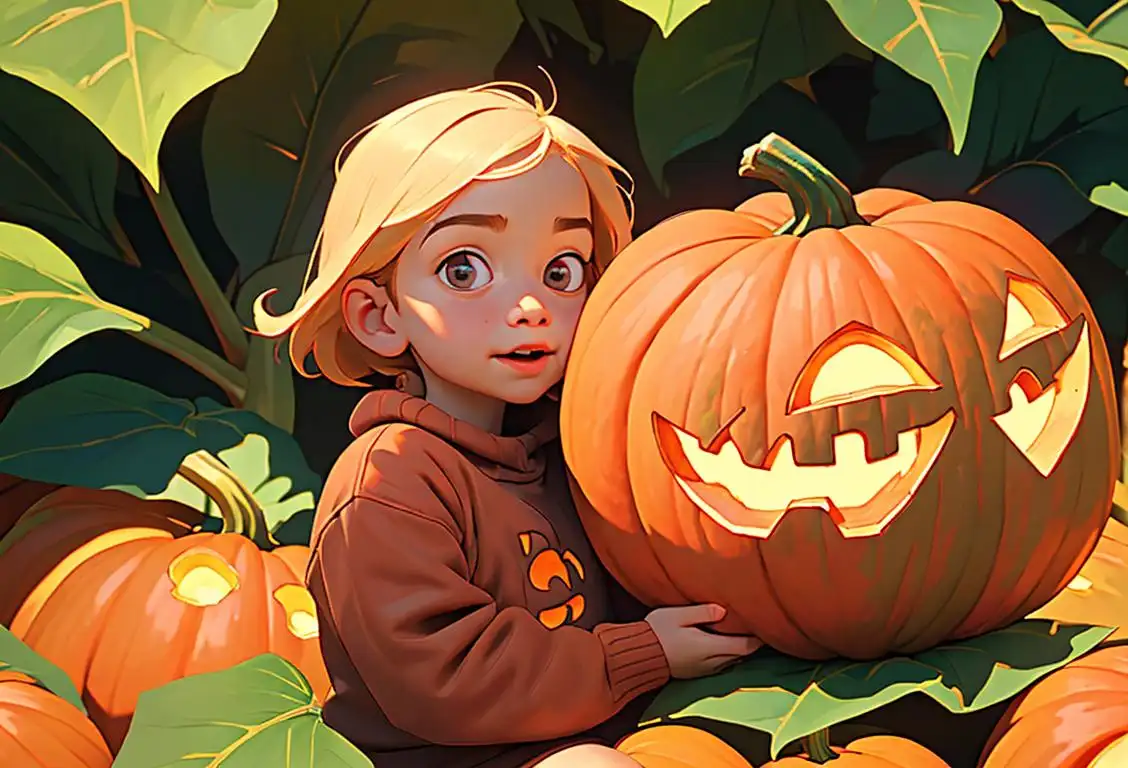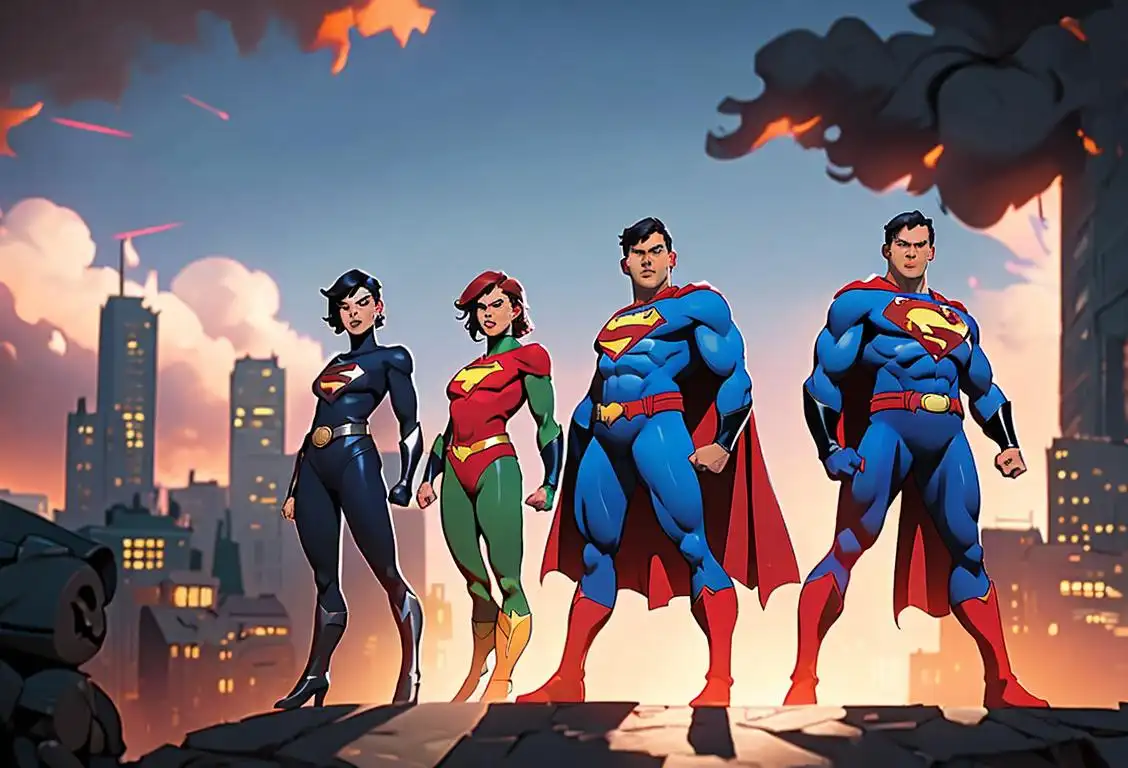National Bow Tie Day
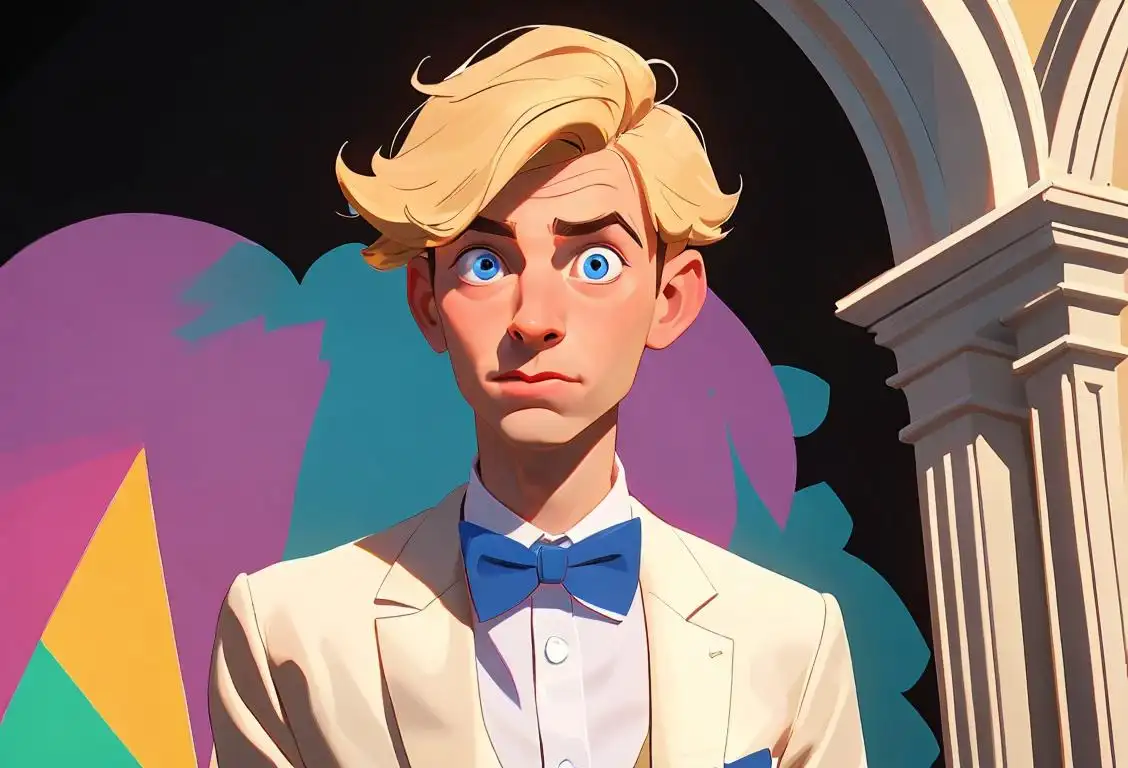
Get ready to adjust your collars, folks, because it's time to talk all about National Bow Tie Day! A day dedicated to the adoration of the often overlooked but supremely dashing accessory - the bow tie. This sophisticated scrap of fabric has slipped, knotted, and adorned its way into the calendars and hearts of many, and we're here to tell you why.
When is Bow Tie Day?
It's national bow tie day on the 28th August.
A Bit About National Bow Tie Day
Believe it or not, references to what would become an annual celebration first started cropping up online in the early 2000s. The necktie's quirky cousin, revered by intellectuals, comedians, and chic hipsters alike, seemed to have weaved its way into the public eye, prompting a desire for a day of observance. Thus, National Bow Tie Day was born.
28 August 2015 - A Triumphant Tie Day
While mentions of National Bow Tie Day were scattered across the internet, we spotted that they peaked on August 28, 2015. Perhaps it was a particularly good year for bow tie fashion; maybe there was contentious debate about clip-on vs. self-tie; or possibly, someone made a really compelling argument for using bow ties as a trendy hair accessory. Whatever the reason, this day was marked in the history of the bow tie.
The Bow Tie - A Symbol Throughout the Ages
The bow tie has popped up throughout history as a signal of class and intellect. Maybe it's because the wearer runs the risk of looking like a confused penguin if not worn with supreme confidence. Or possibly, it is the commitment to the time and patience it takes to correctly tie a bow tie. All we know is, on this day, dapper people everywhere unite to honor this classy accessory with style and humor.
The Tradition Today
Today, National Bow Tie Day is celebrated with a sense of fun and eccentricity. People dust off their bow ties, scour online tutorials on 'how to tie a bow tie' and stride out in public with their chins held high and necks adorned. Whether it's silk, cotton, or carefully folded newspaper, the bow tie makes its annual statement loud and clear. Long live the bow tie!
History behind the term 'Bow Tie'
1660
Step 1: The emergence of the cravat
In the year 1660, during the reign of King Louis XIV of France, a precursor to the bow tie called the cravat came into existence. The cravat was a piece of cloth worn around the neck, developed as a practical solution to keep the collars of shirts clean. It soon became a fashionable accessory and an important status symbol among the French aristocracy.
1700s
Step 2: The evolution to the bow tie
During the 1700s, the cravat underwent a transformation and evolved into what would be recognized as the modern bow tie. It began to be worn in a bow-like shape rather than being simply tied around the neck. This new style symbolized elegance and sophistication, particularly among the European upper classes.
1880s
Step 3: The rise in popularity
In the late 19th century, the bow tie experienced a surge in popularity, largely due to its association with formal events and high society. It became a staple accessory for distinguished gentlemen, worn with tuxedos and other formal attire. This era marked the bow tie's emergence as a fashion statement.
1930s
Step 4: The bow tie stars in Hollywood
During the 1930s, Hollywood films played a significant role in popularizing the bow tie. Leading actors like Clark Gable and Fred Astaire were often seen sporting bow ties, sparking a trend among their fans. This association with admired figures helped cement the bow tie's place as a symbol of style and sophistication.
1970s
Step 5: The bow tie's decline and resurgence
The bow tie's popularity waned in the 1960s and 1970s as fashion trends shifted towards more casual attire. However, in the late 20th century, the bow tie began to make a comeback. It became a staple accessory for quirky individuals and fashion-forward thinkers, suggesting a sense of individuality and non-conformity.
Present
Step 6: Bow ties as a symbol of style
Today, bow ties continue to be embraced by fashion enthusiasts, formal events, and those who appreciate a touch of vintage charm. They have evolved beyond their traditional associations and can be seen in various styles, materials, and patterns. Bow ties have become a recognizable symbol of personal style, adding a dash of sophistication and flair to any outfit.
Did you know?
Did you know the bow tie originated during the 17th century during the Prussian wars? It was initially used as a scarf around the neck to hold together the opening of shirts.Tagged
awareness fun rememberance fashionFirst identified
4th August 2015Most mentioned on
28th August 2015Total mentions
6781Other days
Bow Tie Day
Croc Day
Turtleneck Day
Unemployed Day
Memorial Day
Bestfriends Day
Cancer Survivors Day
Liberation Day
Pumpkin Day
Heroes Day
